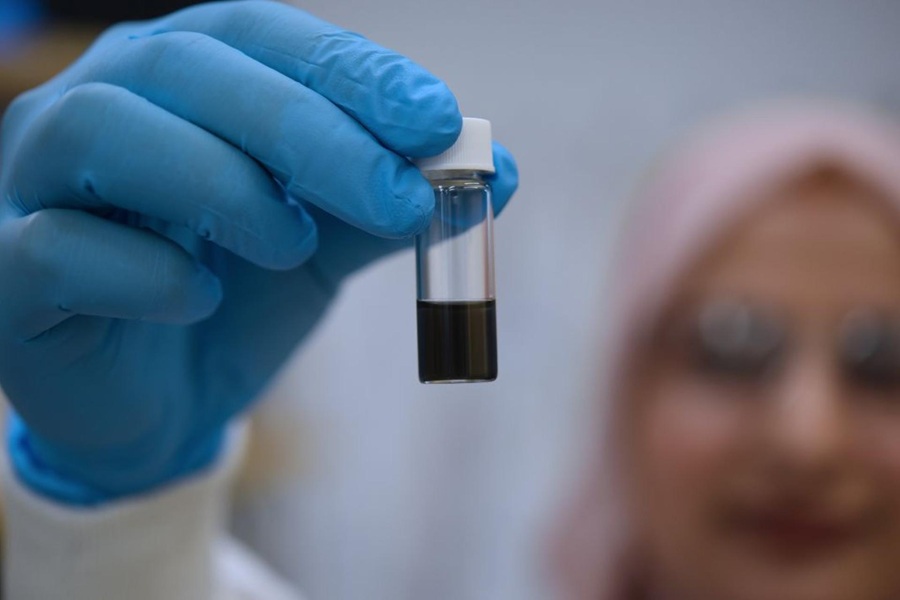Histologic Features Guide Prognosis of Childhood Medulloblastomas
By LabMedica International staff writers
Posted on 20 Nov 2008
Specific histologic features of childhood tumors called medulloblastomas may provide insight into prognoses. Posted on 20 Nov 2008
Medulloblastomas are common, malignant, embryonal tumors in the cerebellum. Individual histologic features such as nodules, balls, or high cell density are used to divide the tumors into variants thought to modify survival estimates.
Scientists found a difference in survival distribution for six features of medulloblastomas: high cell density, fine fibrillary stroma, necrosis, nodules, balls, and prominent nucleoli. The presence of nodules, balls, fine fibrillary stroma, and high cell density improved the survival outlook, whereas necrosis and prominent nucleoli worsened it.
The World Health Organization (WHO; Geneva, Switzerland) classification of these tumors includes desmoplastic/nodular (DM), medulloblastoma with extensive nodularity (N), large cell medulloblastoma (LC), and anaplastic medulloblastoma (A).
"The presence of nodularity in medulloblastoma is important to improved survival likelihood, particularly when combined with balls and fine fibrillary stroma,” wrote Dr. Floyed H. Giles M.D. from the neuropathology department at the Children's Hospital, Los Angeles, (Los Angeles, CA, USA) and colleagues in an article published in the November 13, 2008, issue of the journal Pediatric and Developmental Pathology. "Given the WHO-acknowledged ‘overlap' of desmoplastic/nodular medulloblastoma and nodular medulloblastoma, we suggest these diagnoses be combined into a diagnosis of nodular medulloblastoma, with nodules, balls, and fine fibrillary stroma as defining criteria.”
The investigators contend that three histologic features vital for LC and A diagnoses--large and intermediate size nuclei and prominent nucleoli--have poor read-reread reliability and suggest these be combined into a diagnosis of anaplastic/large cell medulloblastoma.
Related Links:
World Health Organization
Children's Hospital Los Angeles














